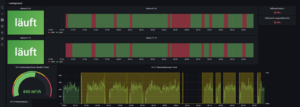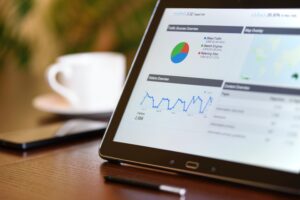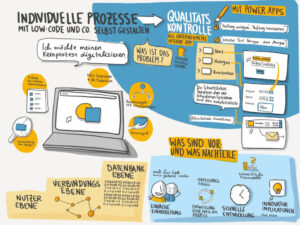Under the internet of things (“Internet of Things” or IoT for short) is understood as the ability to network all possible devices. Due to the increasing ubiquitous access to the Internet via WLAN and mobile communications, everyday devices and systems from the private and professional environment can participate in the Internet due to ever smaller and cheaper computing power. As a rule, this Internet connection means that devices are able to transmit data that they collect from sensors at their location and context. You can react to control commands from other higher-level applications and do something you want with them. Examples range from switching a lamp in the smart home area to monitoring and controlling large wind power plants.
Is IoT technically complex?
The Internet of Things is basically the logical, technical evolution of the Internet, which is favored by the fact that, firstly, infrastructural access to the Internet is becoming more and more ubiquitous and, secondly, the necessary computers in the form of microcontrollers have become so powerful and cheap that everyday objects and systems can be connected to the Internet relatively easily.
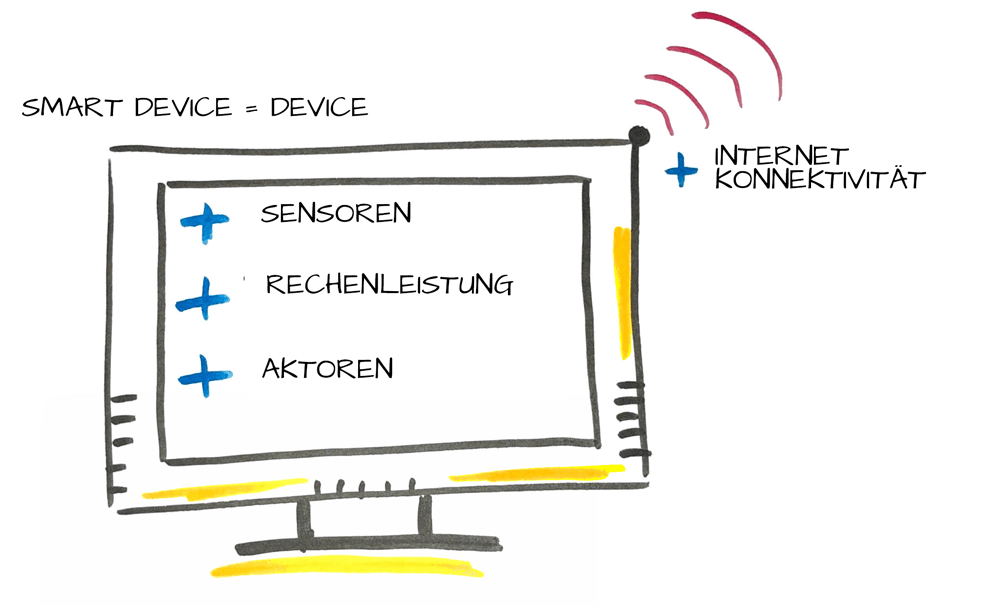
A device or technical system that already works electrically, with the ability to communicate via the Internet, therefore generally does not require any major innovations. However, there are often a few pitfalls lurking in the actual implementation, such as the selection of an appropriate technology, the type of connection, the security of the communication and the selection of the server-side systems that are usually required in the so-called cloud. However, what is still manageable for the manufacturer must not lead to frustration for the end customer as the main user of the system. The connection should work like plug & play for this.
Why do some people speak of a revolution in our business world when it comes to the IoT definition?
As described above, technical complexity is not a revolution, but forms the basis for far-reaching changes in our business world. Once devices are permanently accessible by customers, manufacturers and service providers, the value is often no longer determined by the core product itself. This makes it possible to establish new business models that can become completely different sources of income for companies. Take a look at a current vehicle: information and communication technology (ICT) has found its way here extensively. Modern vehicles use a large number of sensors to record the current status and the context and, for example, transmit location information, tank levels and service information. The ubiquitous network connection supplies the vehicle with route information, the latest music, vehicle updates and other features, such as driver assistance systems.
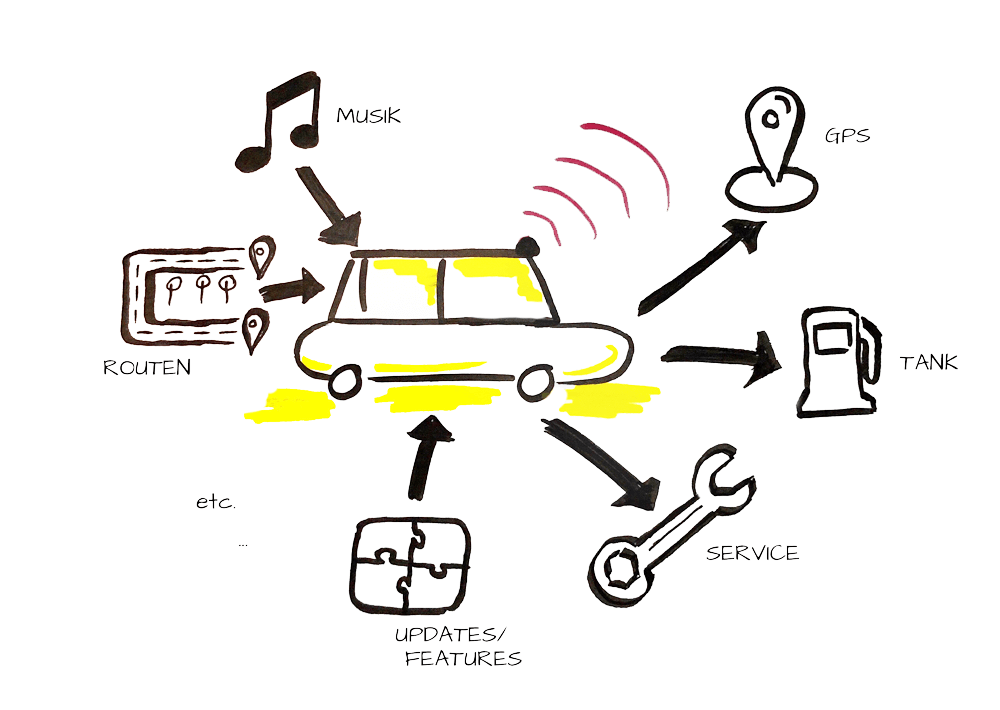
The services based on the technology are currently still quite classic and traditional, so you get live information on traffic and the latest music in a monthly or annual subscription. In addition, the workshop may contact you proactively. However, if your parcel carrier can use a secure one-time code to safely deposit your parcel in the trunk of your car, as various car manufacturers and parcel services are already testing (https://www.heise.de/newsticker/meldung/VW-Paketlieferungen-in-den-Kofferraum-kommen-ab-2019-4143517.html), then you realize that IoT can enable revolutionary business models and services as well as cross-industry cooperation.
Will the Internet of Things affect my business?
IoT and technology enthusiasts would immediately answer this question with a clear "yes", but it is worth looking at this question in a differentiated way. While IoT technology has been available for several years and the technical challenges are generally not that great, actual business models and successful examples are still few and far between. We are still at the beginning of the development here, only innovators and early adopters have actually taken on the topic and are testing the first applications as well as the services and business models based on them. Typically, after this phase, it is also evident that the early majority of the companies that will follow suit are hesitant at first. One speaks here of the so-called “valley of tears”, in which the hype flattens out and exaggerated expectations normalize again. Experience shows that with the entry of the early majority, the technology will be used soundly and productively.
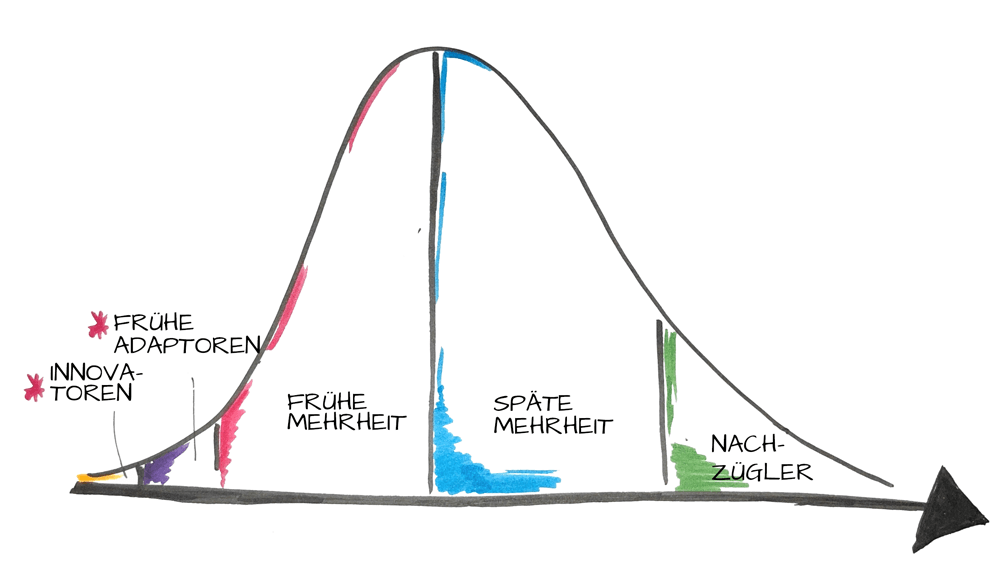
With that in mind, it's the right time to start thinking about whether IoT will impact my business. You can learn from the mistakes of the pioneers and take care of the “what?” and “how?” of your future value creation based on reliable technology. As a rule of thumb we give you:
If the internet has already changed your industry and your business in the past few years, chances are it will, too internet of things can happen.

